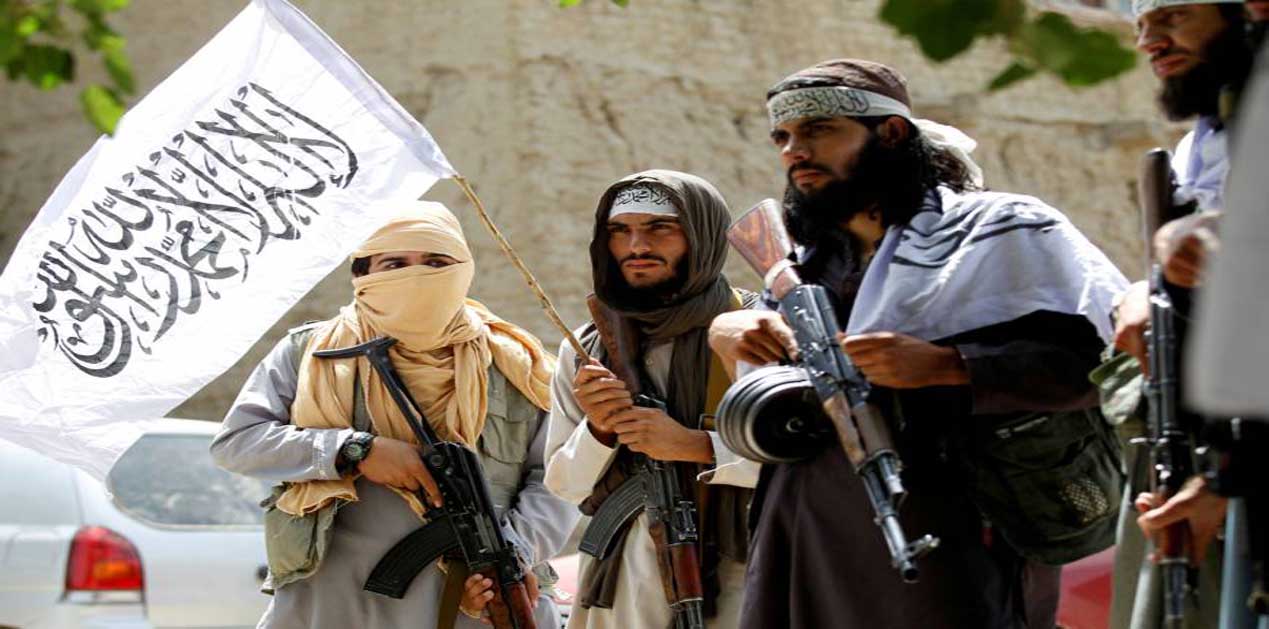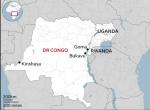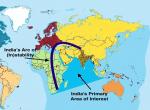Zalmay Khalilzad, the US special representative for Afghanistan reconciliation, tweeted at the end of six-day long peace talks with Taliban in Qatar that discussions have made “significant progress”. According to the media reports, the two sides have made substantial advancement on vital issues to end the 17-year old Afghan conflict. Although no joint statement has been released, the preliminary reports suggest that the two sides have reached an understanding that the US troops would leave Afghanistan within 18 months of signing the final peace agreement. In return, Taliban has assured to fulfill the key American demand of not allowing Afghanistan’s territory to be used by terrorist groups such as Al-Qaeda and IS to attack the US or its allies. Moreover, it has also been agreed that separatist militants from Baluchistan will not be allowed to use Afghan soil to target Pakistan.1
Taliban has often reiterated that negotiations cannot move forward unless its key demands such as exchange and release of prisoners, removal of international travel ban by the US on several Taliban leaders, recognition of their political office, removing names of their senior leaders from US sanction list, and halt to air strikes and night raids are not met.2 The recent talks in Doha did incorporate some of these clauses including the prospect of an interim Afghan government once a ceasefire is struck. President Ashraf Ghani opened the door for reconciliation with the Taliban at the beginning of 2018 when he offered to review the constitution and enforce a ceasefire if Taliban respects rule of law and recognize the National Unity Government. However, the offer was discarded by the Taliban as it considers the democratically-elected government in Kabul as ‘illegitimate’. 3 President Ghani, after the recently concluded six-day talks in Doha, once again reiterated his readiness to end the war and proposed that the Taliban must engage in direct talks with the government in Kabul.4
While there is no denying the fact that the current momentum achieved in the peace talks is unprecedented, however, the final outcome still looks elusive. Bringing Taliban to the negotiating table was not a major challenge since the group itself has shown interest in reaching a negotiated settlement with the US administration to end the war in Afghanistan. The real challenge for the US and Zalmay Khalilzad is reconciling Taliban with the Afghan Government, an entity which Taliban still considers as the puppet administration and thereby refuses to hold any talks with it. The two major sticking issues of the Afghanistan reconciliation process are conducting an intra-Afghan dialogue and reaching a comprehensive ceasefire.
Any negotiation without the final inclusion of Afghan Government and especially Afghan people is nothing but a recipe for failure in the long-term. It is vital to accommodate the concerns of the people of Afghanistan before reaching any final agreement. In this respect, President Ghani has assured the people that “their rights will not be compromised in the name of peace and that the country’s sovereignty will be upheld.”5 It still remains to be seen how and to what extent the ultra-radical Taliban will be willing to change its position on the subject matter of democracy, human rights, the role of women in society, and minority rights. In order to solve the Afghanistan conundrum completely, it is crucial to take into account as to how the people of Afghanistan identify themselves with the ideology of Taliban and what are their aspirations regarding the future of their country. The recent survey of the Afghan people conducted by The Asia Foundation sheds some light about the perception of the masses in general regarding the Taliban. When asked about which group poses a more grave security threat, the respondents which include Uzbeks (80.6%), Pashtuns (71%), Tajiks (57.5%), Hazaras (69%), and women (71.4%) are most likely to name Taliban as the biggest security threat.6
Furthermore, it is equally significant to note that although the Taliban is able to inflict heavy damages on the security apparatus of the Afghan Government such as the recent Wardak attack, in actual it controls only 18 percent of the total land area in Afghanistan. The Afghan Government holds sway over 56 percent of the total land area, whereas 26 percent is still contested. More importantly, what is often neglected is the fact that Afghan Government controls or influences about 65 percent of the total population, whereas the population living under contested areas is 24 percent, and Taliban control merely 11 percent of the total population in Afghanistan.7 Any final solution to the Afghan problem must protect the hope and aspirations of its people, as well as the fragile ethnic fabric of the country. Therefore, it is imperative for the international community including India to stand firmly behind the Afghan Government throughout the negotiations so that the gains made by Afghan people since 2001 are not lost. Any hasty effort to end the war might lead to more bloodshed with the possibility of a civil war and will have far-reaching consequences for the stability in Afghanistan and the whole region.
End Notes:
- Abdul Qadir Sediqi, Jibran Ahmad and Rupam Jain, “Foreign troops to quit Afghanistan in 18 months under draft deal: Taliban sources”, Reuters, 26 January 2019, URL: https://www.reuters.com/article/us-usa-afghanistan-draft/foreign-troops-to-quit-afghanistan-in-18-months-under-draft-deal-taliban-sources-idUSKCN1PK0DG
- Jibran Ahmad, Reuters, 8 January 2019, URL: https://www.reuters.com/article/us-usa-afghanistan-taliban/afghan-taliban-cancel-peace-talks-with-u-s-citing-agenda-disagreement-idUSKCN1P20BL.
- Syed Salahuddin, “Afghan president proposes constitution review and truce as part of peace bid with Taliban”, Arab News, 28 February 2018, URL: http://www.arabnews.com/node/1256071/world.
- Kathy Whitehead, “Ghani Calls On Taliban To Engage In Direct Talks”, TOLO News, 28 January 2019, URL: https://www.tolonews.com/afghanistan/ghani-calls-taliban-engage-direct-talks.
- Kathy Whitehead, “Ghani Calls On Taliban To Engage In Direct Talks”, TOLO News, 28 January 2019, URL: https://www.tolonews.com/afghanistan/ghani-calls-taliban-engage-direct-talks.
- A survey of the Afghan People: Afghanistan in 2018, The Asia Foundation, URL:https://asiafoundation.org/wp-content/uploads/2018/12/2018_Afghan-Survey_fullReport-12.4.18.pdf , pp. 60-62.
- SIGAR Quarterly Reports, 30 October 2018, URL: https://www.sigar.mil/pdf/quarterlyreports/2018-10-30qr-section3-security.pdf, pp. 71-73.
Image Source: https://cdn.japantimes.2xx.jp/wp-content/uploads/2018/07/f-taliban-a-20180731-870x586.jpg











Post new comment